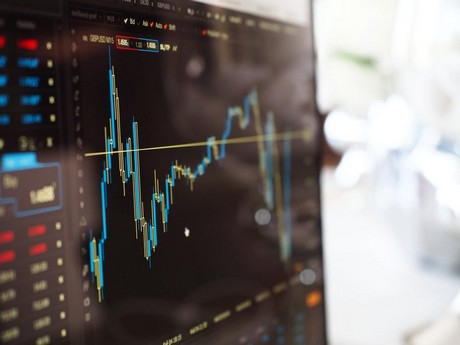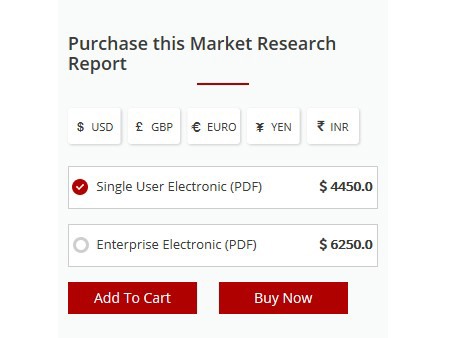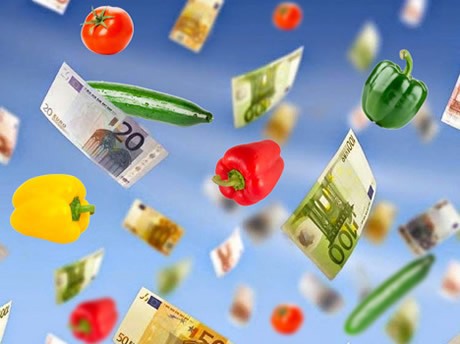
Lucrative business
MarketsandMarkets, Transparency Market Research, Grand View Research. All companies with lofty names and slick websites and a broad professionalism in a various number of industries. Information & Communication Technology; Semiconductors & Electronics; Energy & Power; Aerospace & Defense; Food, Beverage & Agriculture; Healthcare; Automotive & Transportation; and Chemicals & Materials - they can give you an extensive market update on whatever industry you're interested in.

How do they gather the data to resolve these so-called 'pain points'? The manager tells us: "80% comprises primary sources while the remaining 20% comprises secondary sources," she continues. "The primary sources mainly include several industry experts from core & related industries along with suppliers, manufacturers, distributors, alliances, and organizations related to all segments of the studied market/industry supply chain. In-depth interviews are conducted with various primary respondents—such as key industry participants, subject matter experts (SMEs), C-level executives of key market players, and industry consultants, among other experts—to obtain and verify critical qualitative and quantitative information as well as to assess future prospects. Apart from this, our network of consultants across key countries assists in gathering the required information based on the requirements of the studies."
Sources
- U.S. Department of Agriculture (USDA)
- Food and Agriculture Organization (FAO)
- International Biocontrol Manufacturers’ Association (IBMA)
- Organisation for Economic Co-operation and Development (OECD)
- Association of American Plant Food Control Officials (AAPFCO)
- United States Environmental Protection Agency (EPA)
- International Seed Federation (ISF)
- International Service for the Acquisition of Agri-biotech Applications (ISAAA)
- CropLife International
- Farm Equipment Manufacturers Association
- Regional sources such as European Seed Association, European Irrigation Association

"Practices such as vertical farming, indoor farming, and hydroponics are evolving and gaining higher importance to meet the demand for fresh farm produce, as a result of declining arable land and the high cost of logistics. Thus, by analyzing the entire ecosystem of agriculture, we project that greenhouse and controlled-environment practices will aid in assuring food security of the diversified demand of the ever-increasing population", she concludes. Not a particularly bold claim. Readers of HortiDaily have already heard time and again about the latest developments in CEA, both from us and other sources, and the idea of vertical farming feeding the world in the future is also far from a new notion.
By now, the skeptic alert in our brain has slowly started flickering, but we're not experts on data collection and statistics, so let's ask someone who is. Gary W. Hickman of Cuesta Roble Consulting compiles greenhouse vegetable statistics, primarily derived from original government reported data. "It often takes some time to extract only the greenhouse vegetable data, but we have methods to do this. In a few cases where a country government does not report this data, we use published scientific paper data. We do not rely on press releases for our statistics publications, but they sometimes give us a lead to the original data source." In other words, Gary goes straight to the source.
When asked about the reports on this particular page, Gary comments, "The publications they offer would be quite impressive, if such data actually existed. Purporting to have growth estimates to 2021 would only be a wild guess. In just one example, for the organic vegetables publication, the USA official definition just changed this week.... that would make any such statistical data for this out-dated.
"I have been asked to research and report similar information by individual clients. Any global analysis would not even be possible, since most countries do not report anything about heaters used, glazing material, etc. etc. Not even individual crop data is available for most countries, much less projections out 4-5 years."
That's not to say there may not still be some valuable research behind the data published by those Indian market report firms, but projecting market growth until 2021 seems to be a pretty long shot.
The preserved fresh flower market
Leaving aside the 'gazing into the crystal ball' problem, these reports can still provide a nice overview of the current market, can't they? If the information is correct, that is...
As an example, here's a news item about a market report we came across recently, with the lofty title 'Global Preserved Fresh Flower Market Research Report 2017 Opportunities, Product Types, Applications, Forecast to 2022'. If you pay just 3,500 USD (or twice that amount if you want to share this highly valuable information with your neighbor), you can find out all about the top manufacturers in the global market. Among them, according to the experts of Market Deeper, are such well-known preserved flower suppliers as FloralDaily and at least one other horticultural news website.
Granted, there are loads of Indian bureaus that produce market reports, and perhaps some are not as bad as the one mentioned in the previous paragraph. But ask yourself this: if it looks like a duck and quacks like a duck, do you really want to spend seven grand taking a chance that this might just be the one duck that lays golden eggs?
Oh, and next time you read something in a newspaper or press release about market predictions until 2020, 2021 or 2022, you may want to do a double take and examine where the underlying data comes from.
